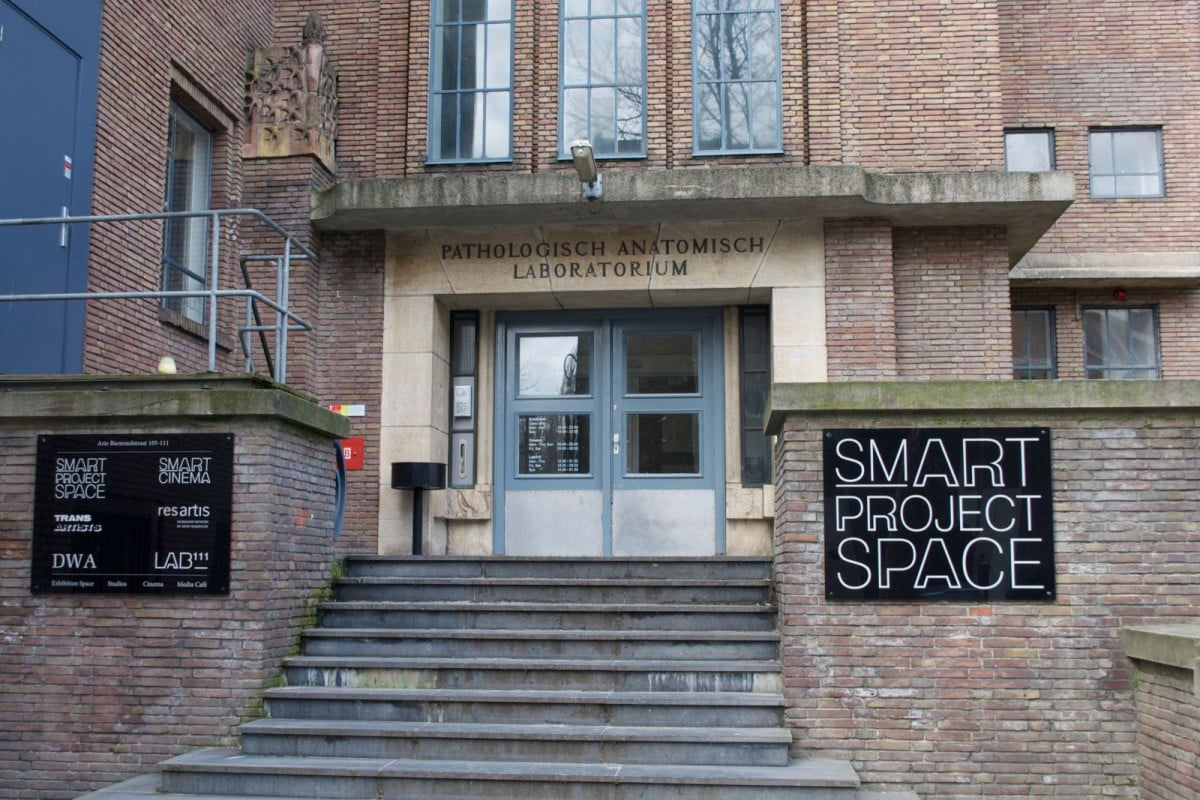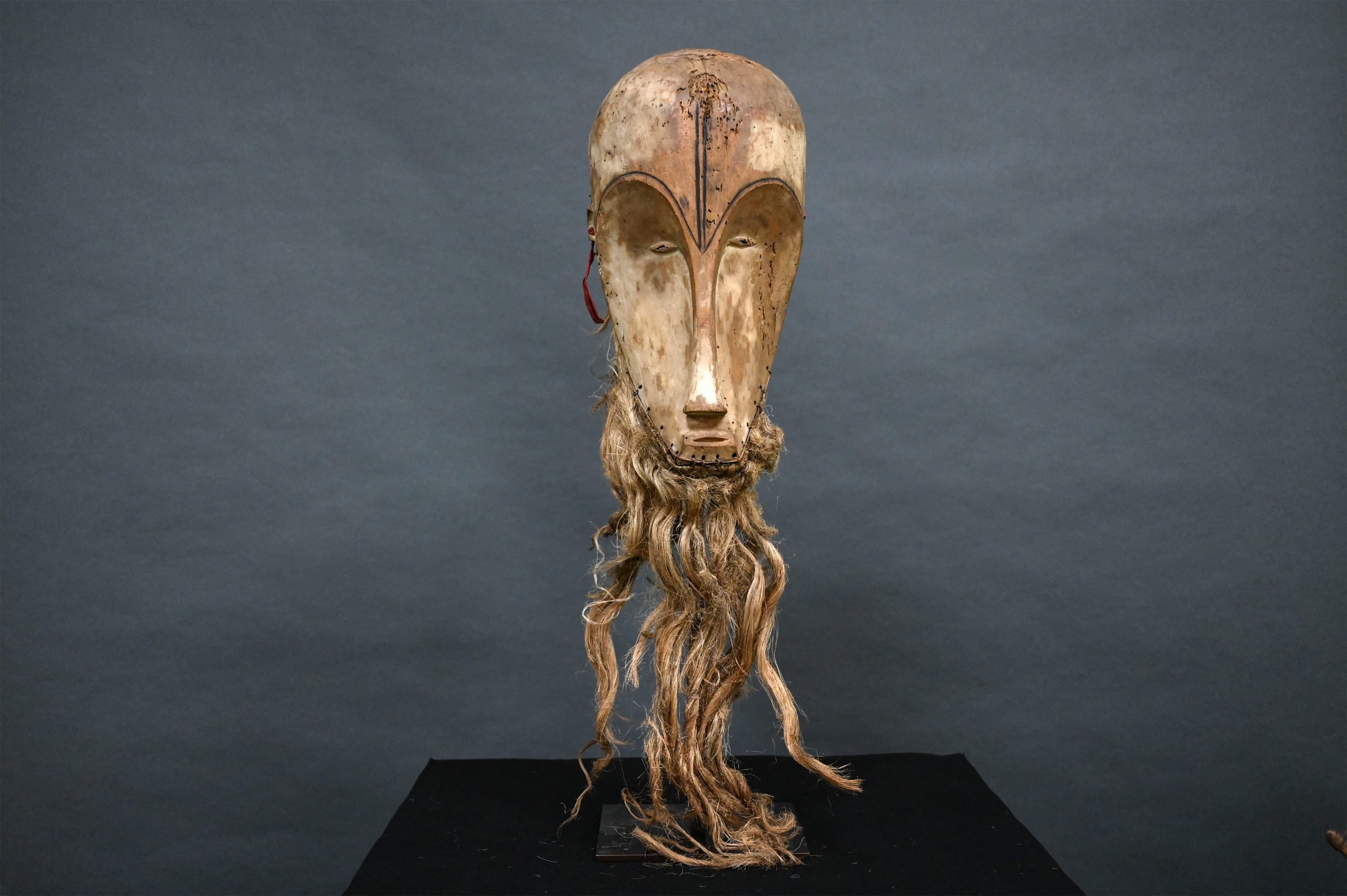SMART Project Space and the Netherlands Media Art Institute (NIMk) were the two of the liveliest contemporary art venues in Amsterdam until a couple of years ago. SMART, which had 20 artist studios, also hosted large-scale installations by cutting-edge artists and collectives such as Chto Delat? and Hadley+Maxwell, offering them complete artistic freedom in its converted-hospital setting. NIMk used to showcase rising talents in new media art along with international artists such as Marina Abramović, John Bock, and Cory Arcangel.
Both were funded almost entirely by Dutch subsidies, and they had avid followings among the art cognoscenti here, with packed openings. When those were cut by about 60 percent in 2013, they attempted a merger to stay afloat, becoming one group, called NASA. It lasted only several months, before it declared bankruptcy and shut its doors. Two of the most interesting, cutting-edge art spaces have disappeared, and many of the artists they supported along with them.
The case of NASA is indicative of a trend in Europe, which has seen dozens of midsize contemporary art venues close in the last few years as governments tighten their belts and reduce cultural spending.
“There is a missing middle,” says Katherine Watson, director of the European Cultural Foundation (ECF), a pan-European grant-maker based in Amsterdam. “The big organizations, which had a much more diverse funding base already, are still there. Most of the very small organizations were functioning without public sector funding already, so they’re also doing okay. It’s the middle, which has been built up in the public sector paradigm, and hasn’t known anything else, that’s suffering the most.”
That’s true not only in the Netherlands—which saw a 25 percent reduction in cultural subsidies nationwide starting in 2013—but also in the UK, Belgium, France, Switzerland, Hungary, Romania, Croatia, and other European nations. And the problem, says Watson, is that “once the funding is gone, these organizations never come back. The cuts in public sector funding haven’t meant that the foundations have been able to step in; in fact, you see a retrenchment because the demand is so high and the resources just aren’t there.”
The impact may go unnoticed by major media, because these middle-range arts institutions—with budgets anywhere from about €100,000 to €1 million (depending on the country)—aren’t high profile institutions; they’re places that traditionally found their patronage via word-of-mouth. But their loss is not insignificant to the cultural sector as a whole.
“The middle is where artists earn a living,” says Alex Meszmer, a Swiss artist who is on the board of Culture Action Europe, an association of artists who advocate on behalf of the arts. “With those cuts, it’s not just the question of the money going to the institutions, but also project money for exhibitions, and then, as well, teaching posts, or related education projects.”
Artists who fall into the “middle” category are either those in the process of moving up in the career ladder, or else those who make part of their living by selling their work, but who can’t survive on art sales alone. “These are not bad artists; they may not be at the top because they just haven’t been chosen to be at the top,” says Meszmer. “A lot of the time, it’s women, and if they don’t have a husband who is always earning a living, they can’t go on as artists.”
In Eastern Europe, which since the end of the Cold War hasn’t had the infrastructure to develop as many midsize arts groups as Western Europe has, and with recent austerity measures, it’s only gotten harder to sustain them.
In Romania, for example, “If you count the number of midsize organizations, you will only be able to reach 10 or 15 in the whole country,” says Raluca Iacob-Pop, a cultural policy specialist based in Bucharest. “They are the ones that would be able to support development of artists and so on, because they’re able to engage in European-wide projects, to access public funding and to help develop the cultural sector. In a way, they were the worst hit.”
Those cuts are particularly devastating because they affect the entire food-chain. “The midsize art organizations have a role of nurturing the sector and when they are affected there’s a missing link beween the grassroots and independent artists,” she adds.
Midsize organizations have been losing funding in Croatia ever since the 1990s, said Emina Visnic, who runs Pogon, an arts and cultural center in the center of Zagreb. “They’re not mainstream, they’re still experimental stuff with a more developed organizational structure,” she explains. “They’re laboratories for arts and cultural activities.” But they get the least financial support, she says.
“The biggest are usually the strongest and most visible and it’s harder to cut them because they’ll make a lot of noise,” she says. “The small ones they support because it’s nice to have diversity, and if you give little grants you can give lots of them.
“If you remove something from the ecosystem, you’re endangering the whole system,” she adds. “This middle link is very important, not just because of their influence on the bigger ones, but also because it provides the learning opportunities and knowhow exchange for the little ones.”
Nina Siegal, based in Amsterdam, is the author of The Anatomy Lesson, a novel about one of Rembrandt’s early masterpieces. She is also a regular contributor to the New York Times.

SMART art project.
Photo: Via TKTK.






